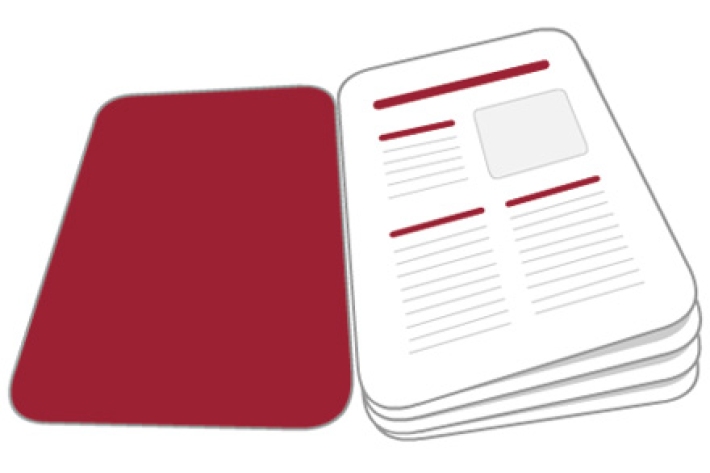Mining is the extraction of metal and mineral resources, such as gold, coal, petroleum, and ironsand.
Mining is worth millions of dollars every year to the New Zealand economy. Most mining currently occurs in Otago, Southland, the West Coast, Northland, Taranaki, and the Waikato.
Mining is an intensive use of land which may create permanent fixtures, such as overburden dumps and tailing dams. Mining has the potential to contaminate land and water, and restrict any future uses of the land. In recent times there has been more emphasis on minimising the impacts of mining operations and rehabilitation of retired mine sites. The resource consent process has ensured mining firms are more accountable for any environmental impacts that may result from their operations.
A mining activity that significantly impacts the environment requires a Resource Consent. For example a water permit for taking or diverting water and a discharge permit for discharging into water, the air, or onto land may be required. Other permits that may be required are a land use consent for excavations and disturbance of land, or the habitats of plants and animals, or a coastal permit for activities on or near the coast.
Kaitiaki Tools will help you identify activities and environmental impacts specifically related to mining.
-

Mining activities
A range of different mining techniques have been developed to obtain these valuable resources -

Mitigation and best practice options
Some simple steps to minimise the effects of mining activities on water quality and mahinga kai.

